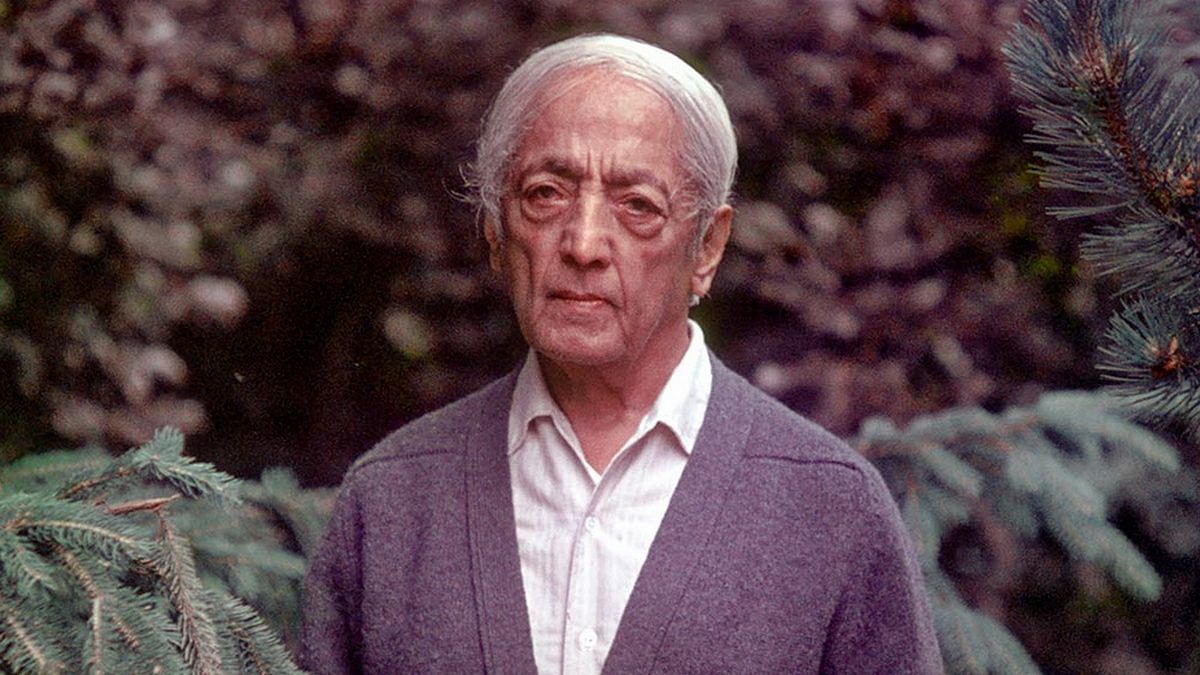
Indian Philosophers on Sensorial and Nature-Based Learning | Ancient Indian Education Philosophy
Long before modern neuroscience spoke of sensory pathways and experiential learning, Indian philosophers and educationists had already embedded these ideas into their teachings. From ancient scriptures to modern visionaries, India has a rich tradition of advocating for education that connects the body, senses, and nature. This article explores the contributions of key thinkers who shaped holistic, sensorial, and nature-based learning.
1. Maharishi Veda Vyasa – Pioneer of Vedic Education and Sensory Wisdom

Author of the Vedas and Upanishads, Vyasa embedded nature-based rituals and chants in learning. The Vedas emphasize observation, sound, touch, and environmental wisdom rooted in the five elements (Panch Mahabhuta).
2. Acharya Chanakya (Kautilya) – Ancient Indian Education for Early Childhood

In 'Chanakya Neeti' and 'Arthashastra', he supported child-centric, real-life learning. He emphasized play-based exploration for children under age five, indirectly highlighting sensory engagement.
3. Rabindranath Tagore – Education Through Nature and Art

Founder of Shantiniketan, Tagore believed in learning through nature, art, music, and free exploration. He envisioned education in harmony with the environment, far from rote memorization.
4. Mahatma Gandhi – Nai Talim and Learning Through Senses

His 'Nai Talim' (Basic Education) promoted learning through craft, touch, nature, and community work. Gandhi saw the senses as tools for understanding and self-reliance.
5. Sri Aurobindo and The Mother – Integral Education Philosophy

Through Integral Education, they developed a model focused on the physical, vital, mental, and psychic aspects of a child. They emphasized self-paced, sensorial, and intuition-based learning in nature-rich environments.
6. Jiddu Krishnamurti – Nature-Based Learning and Mindfulness

Founder of schools like Rishi Valley, Krishnamurti encouraged mindfulness, deep observation, and nature connection. He opposed rote learning and supported child-led discovery.
7. Pandita Ramabai – Practical and Nature-Centric Education for Girls

A pioneer for girls' education, she created learning environments focused on daily life skills, hygiene, health, and nature, making education sensorial and practical.
Ancient Texts Supporting Sensorial Learning in India
-
Taittiriya Upanishad: Describes learning as a layered experience through food, breath, mind, wisdom, and bliss rooted in bodily and sensory engagement.
-
Bhagavad Gita and Mahabharata: Teach life skills and emotional intelligence through metaphor-rich, experience-based stories.
-
Vedas: Incorporate rituals, chants, and nature interactions that involve all senses.
Rediscovering Ancient Indian Education Models
Inspired by India’s timeless education philosophies, the Greyy Elephant Learning Box and Tattva Curriculum bring sensorial, nature-based, and experiential learning into today’s classrooms and homes. Rooted in the Panch Mahabhutas (five elements), our curriculum offers thoughtfully designed themes and activities that nurture every aspect of a child’s development—physical, emotional, creative, and cognitive.
From story cards that spark imagination, to real-life skill kits that encourage independence, and rituals that ground children in rhythm and mindfulness, every element is intentionally crafted to help children learn through doing, feeling, and reflecting. Designed in collaboration with early childhood experts and backed by ancient pedagogical principles, our resources are already making an impact in leading progressive schools across India.
We believe children learn best when they’re free to explore, express, and connect with the world around them.
Want to experience this kind of learning for your child or preschool?
Reach out to us to know more about Greyy Elephant Learning Box and the Tattva Curriculum.
